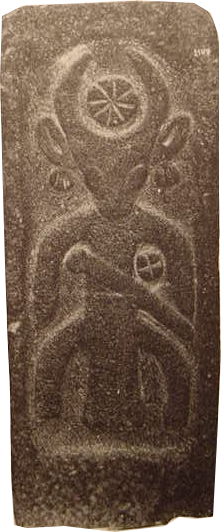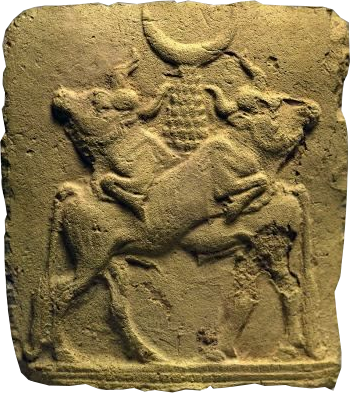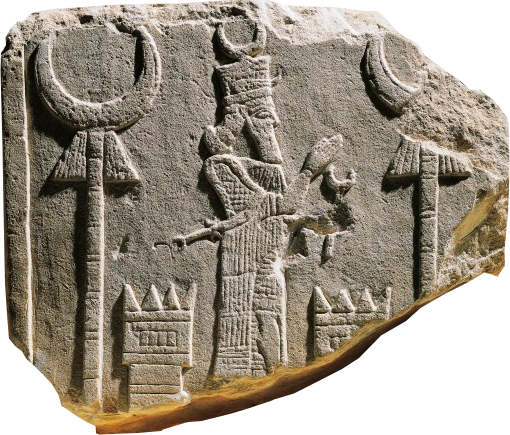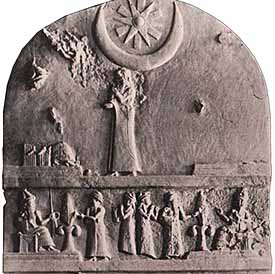Ancient Psychedelia: Alien Gods & Mushroom Goddesses
Online Book - Chapter 2, Page 44
Back to Online Book Mainpage / Next Page (Chapter 2, Page 45)
| A testament to the old 13-moon calendar is the Ballad of Robin Hood and the Curtal Friar: “But how many merry months be in a year? There are thirteen, I say; the mid-summer moon is the merryest of all, next to the merry month of May.” This was then changed to: “There are twelve months in all the year, As I hear many men say. But the merryest month in all the year, is the merry month of May.” (69) The Number 72 Astrological numbers are the main numbers used in all biblical and religious texts. This should be a clear indicator to anyone paying attention that these stories cannot be true stories. At the very least, they are not completely true. The number seventy-two plays out fairly often in the ancient world. Six multiplied by twelve equals seventy-two (72) and five multiplied by seventy-two equals three hundred and sixty (360) degrees or days of the year. Often both of these numbers will appear in sacred texts. When they do, you can be confident that they are not numbers meant to be taken literally as cities conquered, people killed, or armies deployed. The Moon Occults the Bull As long as I have been researching the topics of the arcane and occult, I have always been led by the scholars and so called “experts” to conclude that the bull is a symbol for the moon. We hear over and over, that the bull symbolizes the moon. From the book titled, A Dictionary of Symbols by Juan Eduardo Cirlot, published in 1958, we read the following: “The basic dilemma lies between the interpretation of the bull as a symbol of the earth, of the mother, and other the ‘wetness’ principle; and the view that it represents heaven and the father.” … “…bulls are depicted as lunar as often as solar (that is, they may be subject to either one or the other of the opposed principles we have just outlined). Sin was a Mesopotamian lunar god and he often took the form of a bull; Osiris, also a lunar god, was supposedly represented by the bull Apis.” … “But it may well be that the bull is first and foremost a lunar symbol because it is equated with the moon morphologically by virtue of the resemblance of the horns of the crescent moon, while it must take second place to the solar symbol of the lion.” This previous paragraph represents the ongoing consensus concerning the status of the bull in relation to the moon. In my research, I have concluded that a very big mistake has been made by historians by attributing the horns of the bull to the moon, leading to the association of deities with crescents above them being designated as “moon deities.” Scholars have associated the moon with Sin, because he had a crescent above his head so they labeled him “Sin, the moon god.” This crescent faces upright |
(Crescent of Islam imagery). I believe these were mushroom gods, and they were represented by the bull’s horns above their heads. The bull does not have enough of an association to fertility, otherwise. The bull and cow dung grow the mushrooms, therefore, the bull is represented by the horns, in relation to the mushroom goddesses and gods. I cite a number of examples such as those depicting Adad (14d, f) and Sin (15a, b). One stele of Sin, from Tell Ahmar, Syria c. 800-700 BC, even shows mushroom shaped pillars supporting the bull horns (15a). This will be covered more extensively in later chapters.  R: (14f) Israel Museum, Jerusalem c. 1500 BC  (15a) Limestone Stela with Sin. From Tell Ahmar, Syria c. 800-700 BC  (15b) Sin. Stele of Ur-Nammu of Ur c. 2112-2095 BC (69) The White Goddess, p. 95 |
Go Back to Page 43